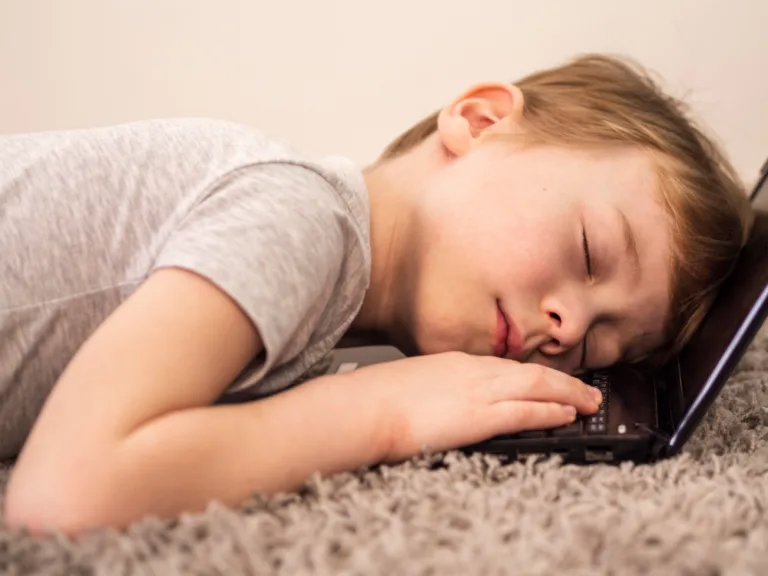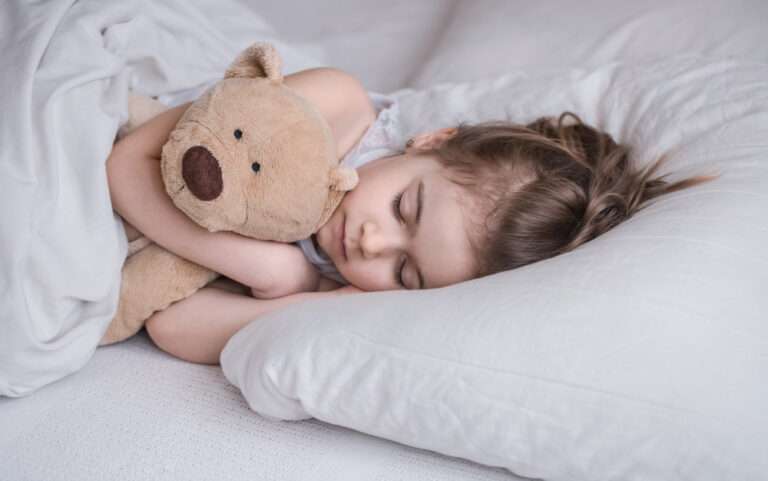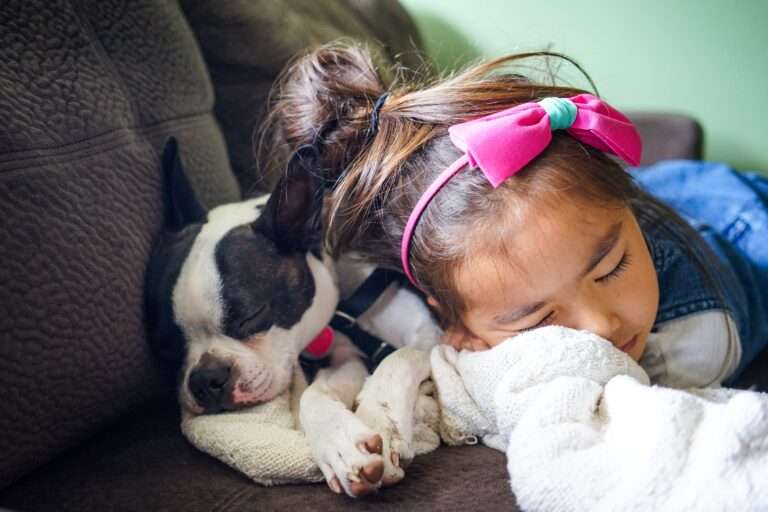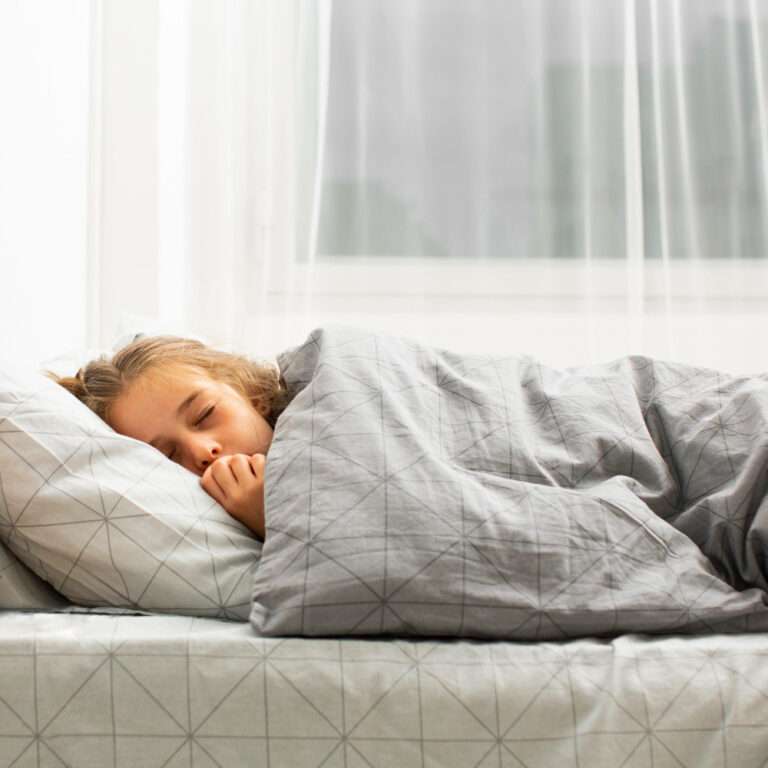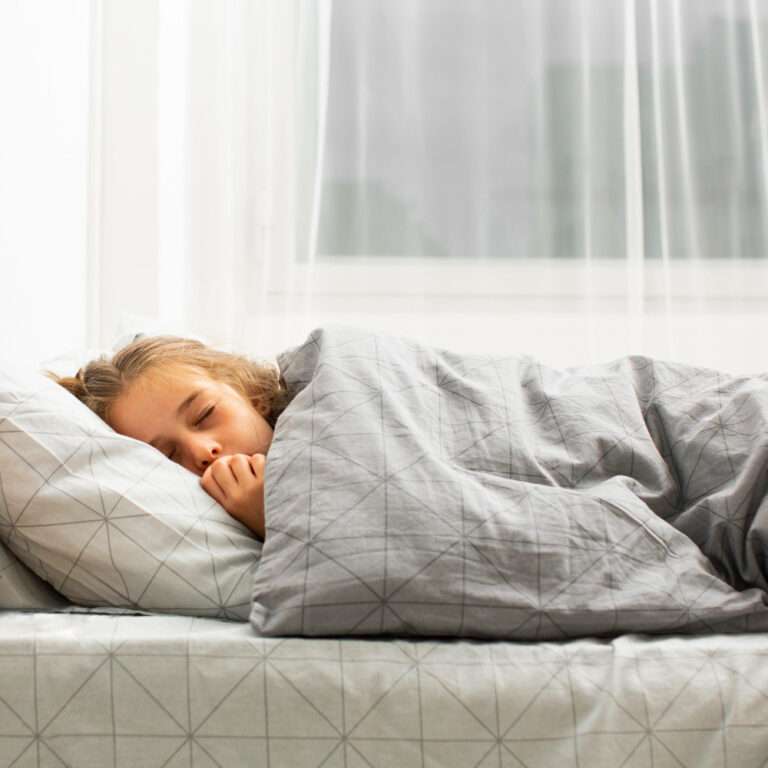Restless Legs Syndrome (RLS)
Restless Legs Syndrome (RLS), also known as Willis-Ekbom disease, can affect children, although it’s more commonly diagnosed in adults. Here’s an overview of RLS in children:
Symptoms
- Uncomfortable Sensations: Children with RLS experience uncomfortable sensations in their legs, often described as creeping, crawling, itching, or throbbing.
- Urge to Move: These sensations are typically accompanied by an overwhelming urge to move the legs.
- Symptom Timing: Symptoms usually worsen during periods of inactivity and often become more noticeable in the evening or at bedtime.
- Rest Relief: Moving the legs or engaging in physical activity can temporarily relieve symptoms.
- Sleep Disturbances: RLS can lead to difficulty falling asleep or staying asleep, resulting in poor sleep quality.
Causes
- Genetics: There’s a hereditary component, especially if the onset is before age 40.
- Iron Deficiency: Low levels of iron in the brain, not necessarily anemia, can be a factor.
- Dopamine Dysregulation: Imbalances in dopamine, a neurotransmitter, are thought to play a role.
Diagnosis
- Medical History and Symptoms: Diagnosis is primarily based on the child’s description of symptoms and medical history.
- Exclusion of Other Conditions: It’s important to rule out other conditions that can mimic RLS, like growing pains or attention deficit hyperactivity disorder (ADHD).
- Iron Levels Testing: Checking serum ferritin levels can be part of the diagnostic process.
Treatment
- Lifestyle Changes: Good sleep hygiene, regular exercise, and avoiding caffeine can help.
- Iron Supplementation: If iron deficiency is identified, iron supplements may be recommended.
- Medication: In more severe cases, medications used for adult RLS might be considered, but this is less common in children.
- Behavioral Therapy: Techniques to manage symptoms and improve sleep can be beneficial.
Considerations
- Misdiagnosis: RLS can be misdiagnosed in children due to the difficulty they may have in describing their symptoms.
- Impact on Life: The condition can affect school performance and daily activities due to poor sleep and discomfort.
- Monitoring: Regular follow-up is important to monitor symptoms and adjust treatment as needed.
Parents or guardians of children showing signs of RLS should consult a healthcare provider for a proper diagnosis and treatment plan. It’s also crucial to ensure that any other underlying health issues are addressed.
------------From our Sponsors------------





